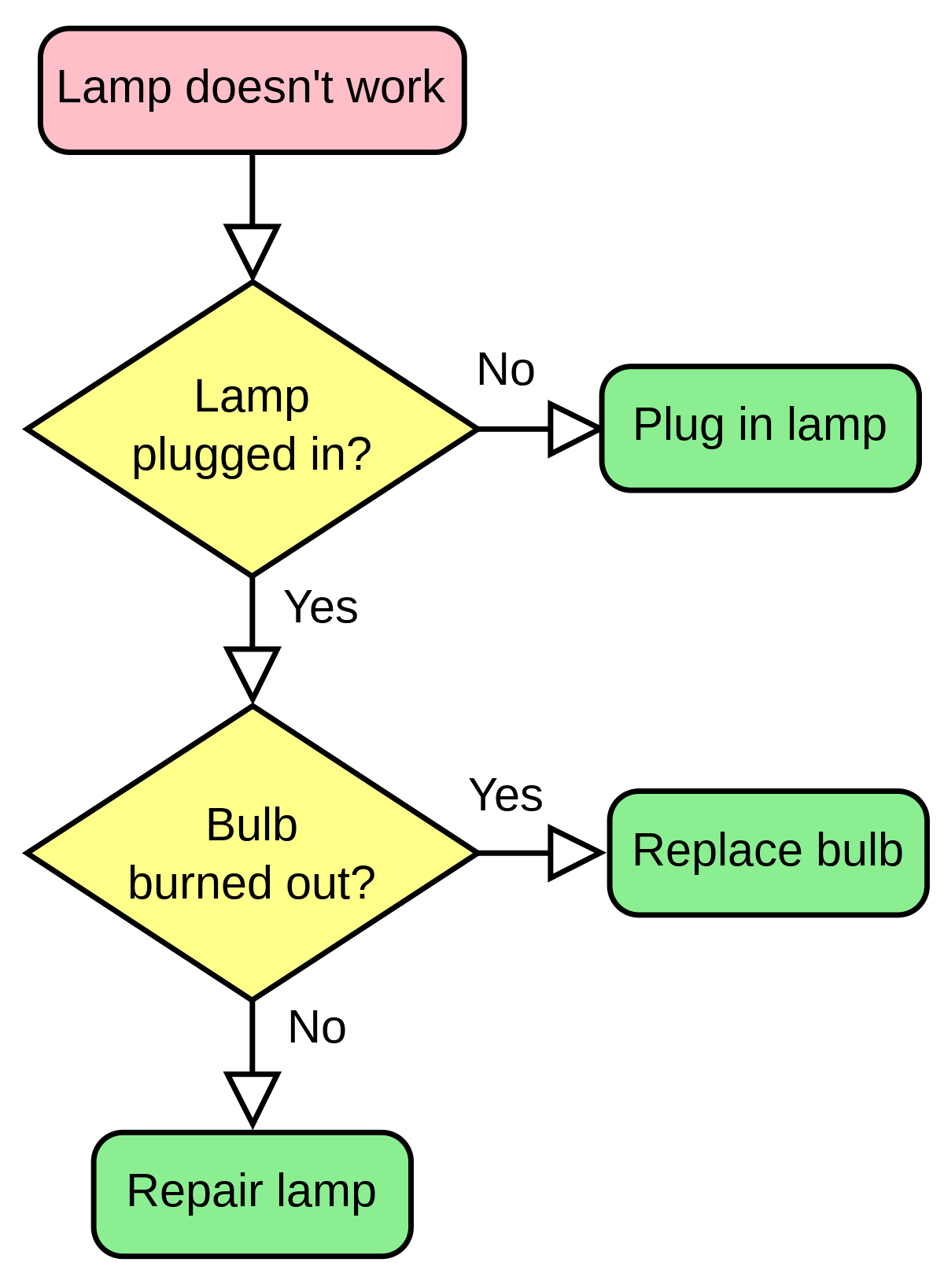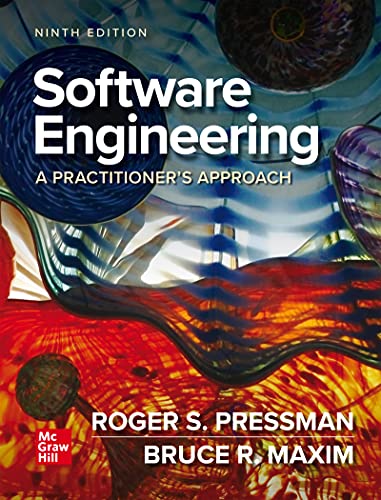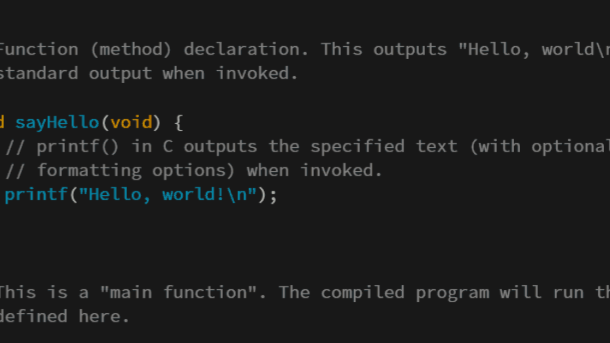Welcome to the world of software engineering, where we unravel the mysteries of coding, algorithms, and development! In this article, we will embark on a journey to demystify the basics of software engineering, making it accessible and understandable for even the most inexperienced individuals. So, fasten your seatbelts and let’s dive into the fundamentals of this fascinating field!
Introduction to Software Engineering
In this section, we will provide a brief overview of software engineering basics. Software engineering is the process of designing, developing, and maintaining software systems. It involves applying engineering principles and methodologies to create high-quality software that meets the needs of users.
The software development process follows a systematic approach called the Systems Development Life Cycle (SDLC). This cycle consists of several phases, including requirements gathering, system design, coding, testing, deployment, and maintenance. Each phase plays a crucial role in ensuring the success of a software project.
One popular software development model is the Waterfall model, where each phase is completed sequentially. Another approach is iterative and incremental development, which involves breaking the development process into smaller cycles and continuously improving the software based on user feedback.
To effectively manage software development projects, version control systems like GitHub are used to track changes made to the source code. This allows developers to collaborate, review, and revert changes if necessary.
Software engineering encompasses various domains, including mobile app development for platforms like iOS and Android. Mobile apps have become an integral part of everyday life, and learning how to develop them can open up exciting career opportunities.
In addition to mobile apps, web development is another important aspect of software engineering. Websites are built using technologies such as HTML, CSS, and JavaScript, and can range from simple static pages to complex web applications. Front-end web development focuses on creating user interfaces, while back-end development deals with server-side logic and database management.
Programming languages play a crucial role in software engineering, and there are many to choose from. Popular languages like Java, Python, and C# are widely used for building applications, while web development frameworks like Flask and Django make it easier to develop robust web applications.
Software engineers often work with integrated development environments (IDEs) such as Visual Studio Code or Notepad++ to write, debug, and test their code. These tools offer features like code completion, syntax highlighting, and debugging capabilities to streamline the development process.
To ensure software quality, software engineers follow best practices and utilize various tools. Code review, testing, and documentation are essential to producing reliable and maintainable software. Tools like CCleaner and LaTeX can help with code optimization and documentation, respectively.
As software systems evolve, they go through different stages in their product lifecycle. This includes the development of prototypes, integration with APIs, and deployment to app stores like the App Store for iOS/iPadOS. Maintenance and updates are also crucial to keep the software up-to-date and secure.
Prerequisites and Learning Objectives in Software Engineering

| Prerequisites | Learning Objectives |
|---|---|
| Basic understanding of programming concepts | 1. Understand the fundamental principles of software engineering 2. Learn the software development life cycle 3. Gain knowledge of various software engineering methodologies 4. Comprehend the importance of software requirements and specifications 5. Learn about testing and quality assurance in software development 6. Understand the role of documentation in software engineering 7. Gain insights into software maintenance and project management 8. Acquire knowledge of software engineering ethics and professional practices |
| Basic knowledge of computer systems | 1. Understand the role of software engineering in building robust and efficient computer systems 2. Learn about software architecture and design principles 3. Gain knowledge of software development tools and environments 4. Comprehend the importance of software testing and debugging 5. Learn about software deployment and maintenance 6. Understand the impact of software engineering on system performance and security 7. Gain insights into software engineering best practices and industry standards 8. Acquire skills to collaborate effectively in software development teams |
Additional Resources and Information on Software Engineering

For those interested in delving deeper into the world of software engineering, there are a plethora of resources available to help you learn and grow. Whether you’re a beginner or looking to expand your skills, these resources can provide valuable insights and guidance.
One of the first places to start is with online platforms and websites dedicated to software engineering. Websites like GitHub and Stack Overflow are great sources of information, with a vast community of developers sharing their knowledge and experiences. You can find tutorials, code samples, and discussions on various topics related to software engineering.
If you’re interested in learning specific programming languages, there are online courses and tutorials available for popular languages such as Java, Python, and C#. Websites like Fiverr also offer freelance services where you can find experienced developers who can provide guidance and training tailored to your needs.
Another valuable resource is books on software engineering. There are numerous titles available, ranging from beginner-friendly introductions to more advanced topics. Some recommended books include “The Pragmatic Programmer” by Andrew Hunt and David Thomas, “Clean Code” by Robert C. Martin, and “Design Patterns: Elements of Reusable Object-Oriented Software” by Erich Gamma, Richard Helm, Ralph Johnson, and John Vlissides.
If you prefer a more interactive learning experience, you can consider taking online courses or enrolling in a software engineering bootcamp. These programs offer comprehensive training on various aspects of software engineering, including development methodologies, version control, and software quality.
For those specifically interested in Linux, there are dedicated training courses available. Linux is widely used in the software engineering industry and having a strong understanding of this operating system can be beneficial. You can find online courses that cover Linux fundamentals, command line usage, and system administration.
Lastly, it’s important to stay updated with the latest trends and best practices in software engineering. Following industry blogs, subscribing to newsletters, and attending webinars or conferences can provide valuable insights and keep you informed about the latest developments in the field.



